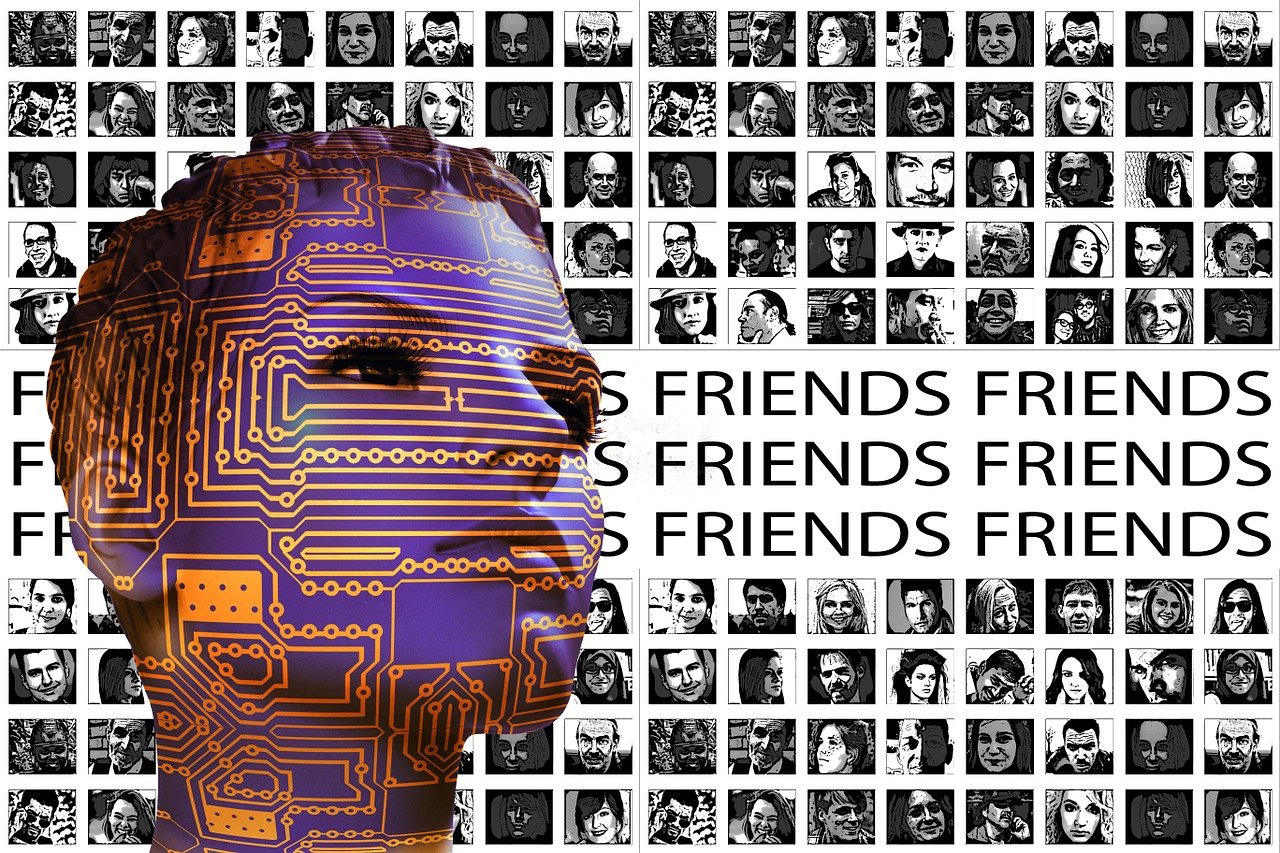Navigating the World of In-Game Purchases: The Economics Behind Microtransactions
In the ever-evolving landscape of the gaming industry, microtransactions have emerged as a pivotal component influencing both game design and player experience. What started as a novel method to monetize games has become a cornerstone in the economic strategy of game developers and publishers. This blog post delves into the complex world of in-game purchases, unraveling the economics behind microtransactions, and providing insights into how they have reshaped the gaming ecosystem.
The Rise of Microtransactions: A Brief History
Microtransactions, often referred to as in-game purchases, allow players to buy virtual goods with real money. Initially, this model gained traction with free-to-play games, particularly in mobile gaming. Titles like “Candy Crush” and “Clash of Clans” capitalized on this model, offering items that enhance gameplay or cosmetic upgrades.
The success of microtransactions in mobile games soon saw their adoption in mainstream gaming. Today, major franchises like “Fortnite,” “Call of Duty,” and “FIFA” have incorporated in-game purchases, significantly impacting their revenue streams. This shift has prompted debates among developers, players, and industry experts about the implications of microtransactions on game design and player satisfaction.
Types of Microtransactions

Microtransactions manifest in various forms, each serving different purposes and catering to diverse player preferences. Understanding these types can offer insights into their economic implications:
- Cosmetic Items: These are purely aesthetic enhancements, such as character skins, weapon designs, or emotes. They do not affect gameplay, appealing to players who wish to personalize their gaming experience.
- Pay-to-Win Items: These items can provide gameplay advantages, such as powerful weapons or abilities, potentially leading to a competitive imbalance.
- Loot Boxes: Essentially virtual treasure chests containing random items, loot boxes have sparked controversy due to their gambling-like nature.
- Season Passes and Battle Passes: These offer a tiered reward system, encouraging players to engage with the game regularly to unlock exclusive content.
The Economics of Microtransactions
The economic rationale behind microtransactions is multifaceted, rooted in the principles of behavioral economics and consumer psychology. Here are some key factors driving their success:
Revenue Maximization
Microtransactions provide a steady revenue stream beyond the initial sale of the game. This model is particularly effective in free-to-play games, where the absence of an upfront cost encourages a larger player base, increasing the likelihood of in-game purchases. For paid games, microtransactions extend the monetization potential, as players continue to invest in the game post-purchase.
Player Engagement
By offering regular updates and new content through microtransactions, developers can maintain player interest and engagement over time. This strategy not only boosts retention rates but also fosters a sense of community as players anticipate new releases and events.
Psychology of Spending
Microtransactions capitalize on the psychology of spending small amounts over time. This model, often referred to as the “freemium” model, lowers the barrier to purchase, making it easier for players to justify spending. Additionally, the use of virtual currencies can obscure the real-world cost of purchases, encouraging spending.

Controversies and Ethical Considerations
Despite their economic benefits, microtransactions have been the subject of scrutiny and controversy. Several ethical considerations have emerged, prompting discussions about the future of in-game purchases:
Gambling Concerns
Loot boxes, in particular, have drawn criticism for their resemblance to gambling. The random nature of rewards can lead to addictive behaviors, especially among younger players. Some countries have taken legal action, requiring games with loot boxes to disclose odds or banning them altogether.
Pay-to-Win Dynamics
The inclusion of pay-to-win items raises concerns about fairness and competitive integrity. Players who can afford such items may gain unfair advantages, undermining the skill-based nature of competitive gaming.
Transparency and Consumer Protection
There is a growing demand for transparency regarding the odds of obtaining certain items and the true cost of in-game purchases. Consumer protection advocates argue for clearer disclosures to help players make informed decisions.
The Future of Microtransactions
As the gaming industry continues to evolve, so too will the strategies surrounding microtransactions. Developers are exploring new models that balance monetization with player satisfaction. Here are some potential directions for the future:
Subscription Models
Some developers are shifting towards subscription-based models, offering players access to a wide range of content for a monthly fee. This approach can mitigate some of the concerns associated with microtransactions, providing a more predictable revenue stream and a better value proposition for players.
Enhanced Player Choice

Future microtransaction models may focus on providing more meaningful choices, allowing players to opt for content that aligns with their preferences. This could involve customizable bundles or personalized offers based on player data.
Regulatory Compliance
As regulatory scrutiny increases, developers will need to adapt to new laws and guidelines governing microtransactions. This may involve implementing stricter age verification measures or providing more detailed information about in-game purchases.
Takeaways
Microtransactions have fundamentally transformed the gaming industry, offering new revenue opportunities while sparking debates about ethics and consumer rights. Understanding the economics behind these in-game purchases is essential for navigating their complexities. As players, developers, and regulators continue to shape the future of microtransactions, finding a balance that ensures both profitability and a positive player experience will be crucial. The ongoing dialogue and innovation in this space promise an exciting evolution in how games are monetized and enjoyed worldwide.
Community and Developer Perspectives
The discourse surrounding microtransactions is not limited to economic and ethical considerations; it also encompasses the perspectives of gaming communities and developers. Understanding these viewpoints is essential to appreciating the multifaceted nature of in-game purchases.
Community Reactions
Gamers have shown varied reactions to microtransactions, often influenced by how these purchases are integrated into the gaming experience. While some players appreciate the option to support developers or personalize their gaming experience, others express frustration, especially when microtransactions seem exploitative or intrusive.
Online forums and social media platforms frequently become arenas for passionate discussions about fair pricing and game balance. Developers who actively engage with their communities, listening to feedback and making adjustments, often fare better in maintaining player trust and satisfaction.

Developer Strategies
For developers, the challenge lies in designing microtransactions that align with both business objectives and player expectations. Balancing profitability with fairness requires a deep understanding of player behavior and market trends. Successful developers often employ data analytics to tailor their offerings, ensuring they resonate with their audience.
Moreover, transparency in communication about how funds from microtransactions support game development can foster goodwill. Players are more likely to engage with in-game purchases when they see a direct correlation between their spending and improvements in the game.
The Role of Microtransactions in Indie Games
While microtransactions are prevalent in mainstream titles, indie games are also exploring this monetization strategy. For smaller developers, microtransactions can provide a critical revenue stream that supports ongoing development and allows for creative experimentation.
However, the implementation of microtransactions in indie games often differs from that in larger titles. Indie developers may choose to offer unique cosmetic items or optional content that enhances the narrative or gameplay experience. The key for indie developers is to maintain the game’s integrity and core appeal while offering additional purchase options.
Case Studies: Successes and Failures
Examining specific case studies can illuminate the diverse approaches to microtransactions and the lessons learned by the gaming industry:
Success Story: “Fortnite”
“Fortnite” is a prime example of successful microtransaction implementation. The game, which is free-to-play, generates significant revenue through the sale of cosmetic items and battle passes. Epic Games’ approach to keeping the game fresh with constant updates and seasonal content keeps players engaged and willing to spend.

Controversial Example: “Star Wars Battlefront II”
On the other hand, “Star Wars Battlefront II” faced backlash for its pay-to-win mechanics, where players could purchase powerful abilities that offered competitive advantages. The negative response from the community led to a reevaluation of the game’s microtransaction model, demonstrating the potential pitfalls of prioritizing short-term revenue over player satisfaction.
Microtransactions and the Future of the Gaming Economy
The impact of microtransactions extends beyond individual games, influencing broader economic trends within the gaming industry. As games become increasingly service-oriented, microtransactions will likely remain a staple in monetization strategies. However, their evolution will be shaped by technological advancements, regulatory developments, and shifting player expectations.
For instance, the rise of blockchain technology and NFTs (non-fungible tokens) presents new opportunities for innovative microtransaction models. These technologies could enable players to own and trade in-game assets, creating a secondary market and further blurring the lines between virtual and real-world economies.
Final Thoughts
Microtransactions represent a complex yet integral component of the gaming ecosystem. While they offer substantial economic benefits and opportunities for innovation, they also pose challenges related to ethics and player satisfaction. As the industry continues to navigate these dynamics, open dialogue and collaboration among developers, players, and regulators will be essential in shaping a sustainable and enjoyable gaming future.
Ultimately, the success of microtransactions lies in their ability to enhance rather than detract from the gaming experience. By prioritizing transparency, fairness, and community engagement, the gaming industry can harness the potential of in-game purchases to create thriving virtual worlds that captivate and delight players worldwide.
![“Behind the Scenes: An Exclusive Look at the Making of [Upcoming Highly Anticipated Game]”](https://brasil-jogo.com/wp-content/uploads/2025/11/behind-the-scenes-an-exclusive-look-at-the-making-of-upcoming-highly-anticipated-game-9JXK49-450x338.jpg)
















